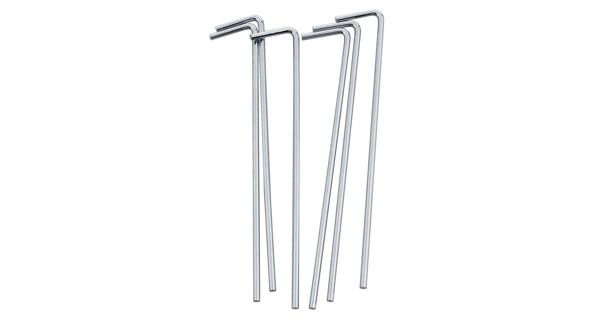Would you like to get a tent but don't know how to choose the right one? We'll try to help you choose the right one with this article.
The first step is to think through a few questions
Where and in which environment will you use the tent?
In the garden, at the campsite, hiking in the mountains, on a cycling trip... When you are choosing a tent, the purpose for which you will use it is probably the most important criterium. Using an expedition tent when camping overnight isn't as much of a problem as when you're spending the night in extreme conditions in a hiking tent.
How often will you use it and build it?
All year round, several times a year, only in the summer season or very often.
How big do you want the tent and how many people should it accommodate?
Do you just want to sleep in it, or do you want to cook and have a seating area inside. You are looking for a tent for one, for two or for a family.
How much luggage and equipment will you want to put in it?
Tent with hallway, tent with separate bedrooms, one room.
What's your budget for a tent?
Are you looking for a cheaper tent for casual camping in summer or a more expensive one for camping in extreme conditions? This is closely related to the materials used.

Types of tents
By type of construction:
- Dome (igloo) – The dome is the most common construction of a hiking tent. This structure is made up of two flexible poles that cross at the highest point. The classic dome can have a small " anteroom" " and is therefore often supplemented with another member to create a larger anteroom.The main advantages of the dome design are fast and fairly simple construction, good stability and light weight.
- The tunnel – The tunnel construction is sleeve or inverted-U shaped. These tents have the largest usable area, are lightweight and extremely wind resistant when properly positioned downwind and anchored. However, a tunnel-shaped tent needs good anchoring, otherwise it folds up like an accordion. This type of tent is often combined with a dome and is most often found in family tents for more persons.
- A construction – Single-skin tent in the shape of the letter A. Its construction most often consists of two fixed poles placed in the middle of the front and rear walls, which support the tent tops. Like a tunnel, the tent is then set up and anchored with ropes and pegs. This model is not so widely produced today.
Depending on the usage:
- Holiday's family tent - It is a large tent with several rooms, usually with separate bedrooms with space for luggage in between. It is designed so that the whole family can not only sleep in it, but also eat or play board games. Although they are comfortable, they are larger in size and not suited to extreme conditions.
- Expediční stan - These tents are designed to be as light as possible and provide maximum protection from the outside environment. They tend to be maximally resistant to wind, rain and snow. As the name suggests, they are best suited for expeditions or demanding hiking.
- Turistic/hiking tent - A combination of the previous two categories is a hiking tent. It usually offers a lightweight construction, easy to set up and one spacious room with room for luggage at the entrance. However, due to its lightweight construction, it is not suitable for extreme conditions.
- Emergency tent (sail) – emergency tent - celta - A tarp with loops for easy and quick creation of a "tent". A very portable and lightweight emergency shelter that protects from the weather in the open air. The tarp can be anchored to a branch, rock outcropping, or a trekking pole can be used as a brace.
- beach tent - A tent with a semi-spherical shape, which has one side open. It usually has a single shell construction and is designed primarily for the beach, the water or the garden, where it will protect you from the sun, wind and, thanks to the floor, from moisture. Its size is suitable for one to two people.

The expedition tent

The tent for 3 persons
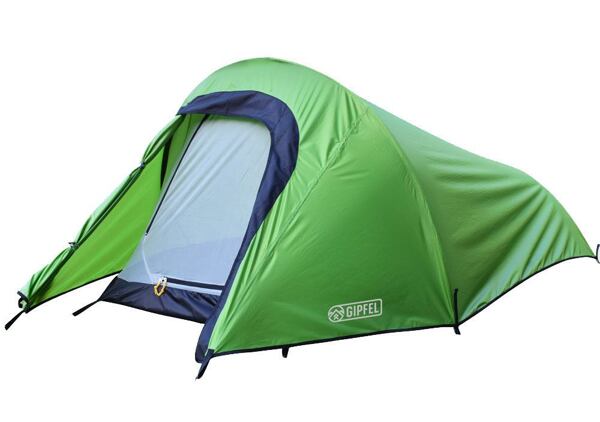
The tent for 2 persons
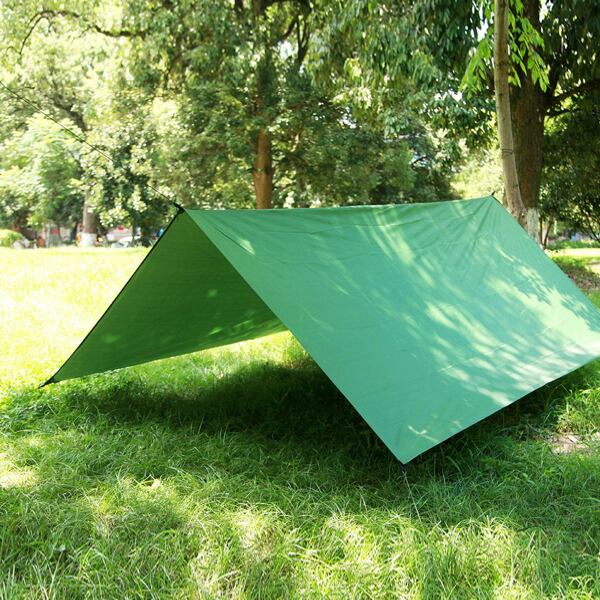
The emergency tent (sail)

The beach tent
What else to look for when you are choosing a tent?
The water column
For camping in temperate climates it is sufficient to have a water column in the range of 1000-3000 mm.
The colour of tent
The colour of the tent also plays an important role. If you get a light-coloured tent, it will be see-through and you will save torchlight during the day. If you want complete darkness for sleeping, choose tents with dark colours or with a black finish on the inside.
The weight of tent
If you want to carry your tent in a backpack or bike bag, it should be lightweight and portable. It's also good if the folded tent can be split into multiple "packs" to better fit in your luggage.
The cloak
- Single layer - they have only one layer, they are more humid, easier to fold, lower weight of the tent
- Double-layered - has an inner tent and a waterproof outer tent called "tropico"; water does not precipitate inside the tent, but on the tropico, on which water runs off without touching the inner tent.
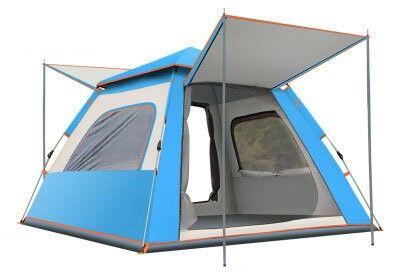
The tent for 4 persons
The parties of a tent
Tropiko
It is the outer tent that protects the inner tent mainly from getting wet. It is mainly used in double tents. Tropico does not touch the inner tent and so the moisture precipitated on it runs down and not into the tent.
Internat tent
Called also a bedroom is made of breathable material (mesh or thin fabric). In most tents, the inner tent is connected to the floor and can be erected separately without a tropical tent.
The tent floor
It is an essential part of the inner tent. It should be made of durable and waterproof material.
Apsida X anteroom
Some tents have a storage space in front of the tent entrance. The apse is created by separating a part of the tropic from the inner tent and is anchored with pegs. The vestibule has its own supporting poles and is usually larger.
Supporting rods
The support rods form the main structure of the tent. There are several materials to choose from, such as laminate, duralumin or durawrap.
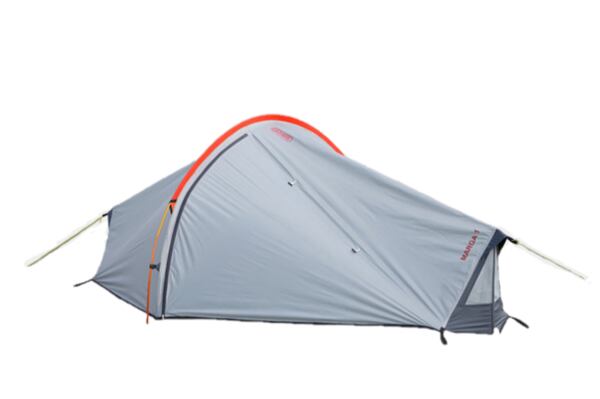
The tent with apsida
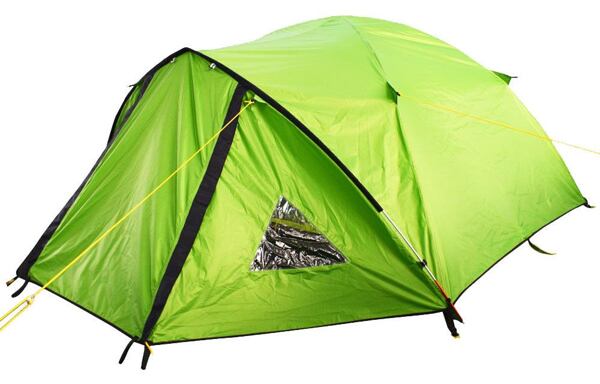
The tent with an anteroom
Tent accessories
- Tent pegs - they are driven into the ground and serve to anchor the tent.
- Tensioning cord – The tent is anchored to the ground with a tensioning cord and peg.
- Sheet under the tent – if you don't want your tent to get dirty, for example from grass or mud, you can put a sheet under the tent floor. This will also increase the resistance to moisture.
- Tent cover – most of the tents have a cover or bag for more convenient carrying, in which you can place outside the tent also stakes and other accessories.
